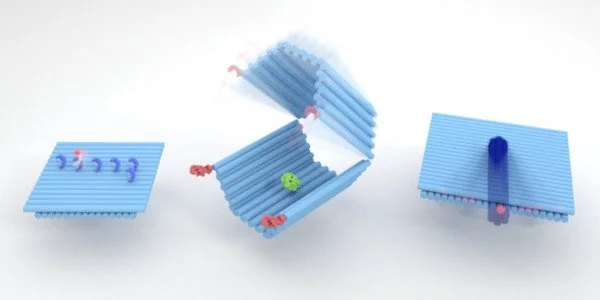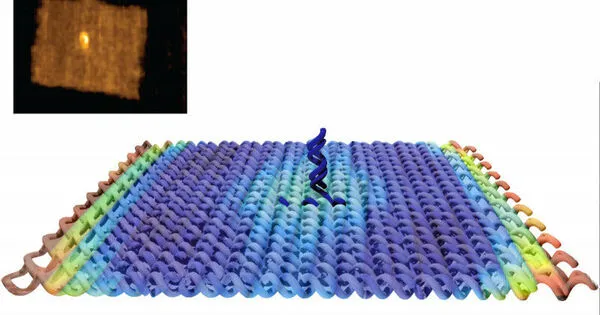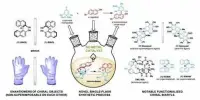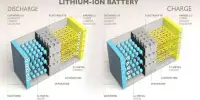Molecular origami is the design and manipulation of molecules to form certain structures or shapes, which are frequently inspired by the art of origami. Researchers in nanotechnology and materials science have been investigating ways to leverage the unique features of molecular structures for a variety of applications, including dynamic materials.
A study team has revealed a stunning achievement in the shape of a two-dimensional (2D) Metal Organic Framework (MOF) that exhibits extraordinary origami-like movement at the molecular level. This groundbreaking research represents a big step forward in the realm of dynamic materials, while also hinting at future applications in metamaterials and quantum computers.
Origami, typically linked with paper folding, has influenced a wide range of professions, including art, science, engineering, and architecture. Origami concepts have recently been applied to technology, with applications ranging from solar cells to healthcare devices. While several sizes of origami-inspired materials have been investigated, the issue of developing molecular materials based on origami tessellations has remained.
This groundbreaking study introduces the concept of origami MOFs, which opens up new avenues for origami-inspired materials at the molecular level. The discoveries not only help to understand the dynamic behavior of MOFs, but they also have potential uses in mechanical metamaterials.
Professor Wonyoung Choe
In response to this challenge, a group of researchers led by Professor Wonyoung Choe from the Department of Chemistry at Ulsan National Institute of Science and Technology (UNIST) in South Korea has unveiled a remarkable breakthrough in the form of a two-dimensional (2D) Metal Organic Framework (MOF) that exhibits unprecedented origami-like movement at the molecular level.
MOFs have long been recognized for their structural flexibility, giving them an attractive substrate for origami tessellation-based materials. Their application in this context, however, is still in its early phases. The research team has reached a key milestone with the creation of a 2D MOF based on origami tessellation. The researchers demonstrated the origami-like folding behavior of the 2D MOF in response to temperature variations using temperature-dependent synchrotron single-crystal X-ray diffraction. This behavior demonstrates negative thermal expansion and exposes a previously unseen molecular origami tessellation pattern.
The key to this breakthrough lies in the choice of MOFs, which incorporate flexible structural building blocks. The inherent flexibility enables the origami-like movement, observed in the 2D MOF. The study highlights the deformable net topology of the materials. Additionally, the role of solvents in maintaining the packing between 2D frameworks in MOFs is emphasized, as it directly affects the degree of folding.

“This groundbreaking study introduces the concept of origami MOFs, which opens up new avenues for origami-inspired materials at the molecular level. The discoveries not only help to understand the dynamic behavior of MOFs, but they also have potential uses in mechanical metamaterials.” Professor Wonyoung Choe made the observation.
He also emphasized the potential of molecular level control over origami movement as a foundation for developing innovative materials with distinct mechanical properties. The research also reveals intriguing prospects for designing origamic MOFs for specific purposes, such as advances in molecular quantum computing.
The findings of this research have been published in Nature Communications, a sister journal to Nature, on December 01, 2023. This study has been supported by the National Research Foundation (NRF) of Korea via the Mid-Career Researcher Program, Hydrogen Energy Innovation Technology Development Project, Science Research Center (SRC), and Global Ph.D. Fellowship (GPF), as well as Korea Environment Industry & Technology Institute (KEITI) through Public Technology Program based on Environmental Policy Program, funded by Korea Ministry of Environment (MOE).
















